When the giant aquarium containing one million litres of water at Berlin’s Radisson Blu exploded last December, the fish weren’t the only victims. If you were there on the day, you’d have seen firefighters rescuing retro furniture too.
These belonged to the neighbouring DDR Museum, which claims to have the largest collection of objects from the DDR, or East Germany.
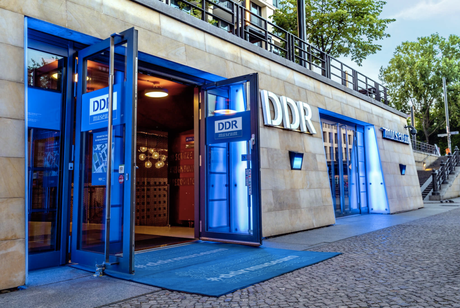
Objects, like people and places, have their own histories, quirks, and stories to tell. Unfortunately for some of the objects in the museum that day, the aquarium’s saltwater made a permanent mark. For example, one typewriter no longer works because of the effect of the salt on its mechanism. But the good news is that the museum has just reopened afresh, showcasing 8000 objects of the 310,000 that make up its entire collection (the rest of them are kept in storage in Spandau.)
We live in a world teeming with objects, so it’s kind of a relief to step into the DDR Museum and consider one at a time. Not only do they possess a retro flair that’s back in fashion; they come from a time and place where there weren’t 10 million different versions of more things than ever before. Nonetheless, it’s astonishing to think that almost all the items in the museum’s collection are donated — and they regularly have to say no to stuff.
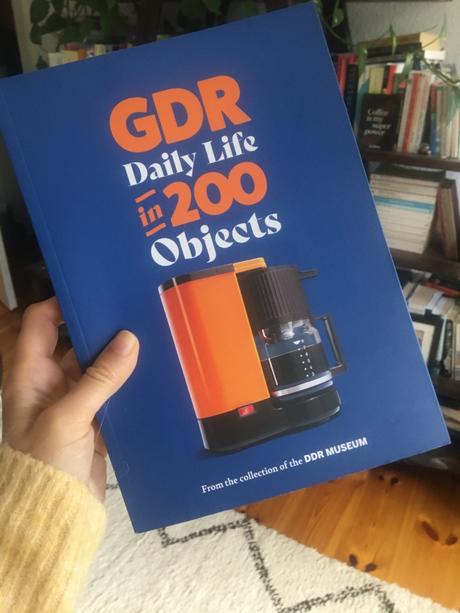
If you live in Berlin, you’ll know that there are plenty of items from the German Democratic Republic in circulation at flea markets and in people’s homes (including mine). So what makes the DDR Museum special?
The Museum gives you a picture of everyday life in communist East Germany through the objects it showcases. It’s the same approach as their newly-released book GDR Daily Life in 200 Objects.
When the Museum first opened in 2006, it was more about nostalgia, or Ostalgia. But today’s redesign reflects the growing distance from those times. Since the museum now welcomes young people and international visitors who are not as familiar with the German Democratic Republic, the exhibition now starts with a 6-metre wide piece of the Berlin Wall, along with an explanation of how the GDR came into being.
More historical distance also means a wider perspective. The era is neither romanticised nor vilified, but revealed for the complex period it was. One part of the exhibition showcases the range of associations, organisations and communities that existed in the GDR, like Volkssolidarität, or People’s Solidarity. This aid organisation supported children, the sick and the elderly in different ways, from providing food and housing to social gatherings. Very nice. Then there is the Shriftstellerverband der DDR, or East German Writers Union, which I also thought was nice until I read how many writers were spectacularly expelled because, well, freedom of expression.
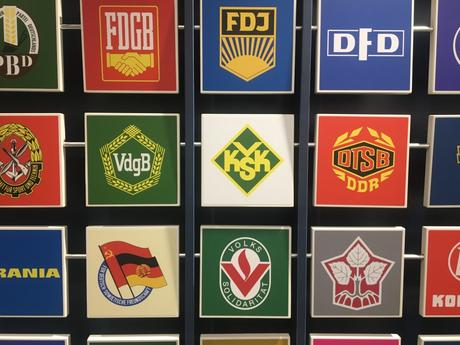
All these different communities brought to mind an event I went to a few days earlier about DAOs, or Decentralized Autonomous Organizations, where the word ‘community’ was used over and over again. Some people see DAOs as the communities or organisations of the future — ones that rely on technology, and therefore eliminate the need for trust between members. If we think of how communities have traditionally worked – in person, and on the basis of trust – this is a radical rethinking of the word. Plus, these spaces necessarily fall into the realm of capitalism. And this is where the museum really opens up an interesting space for reflection. As we hurtle along the highway of late capitalism, it helps to contemplate the possibilities of a differently-run society. One in which, because the government provided jobs for both men and women, as well as childcare, there was greater gender equality. At the same time, one woman recorded items that were not available in the shops at this time, from sliced cheese and frying pans to guitar strings.
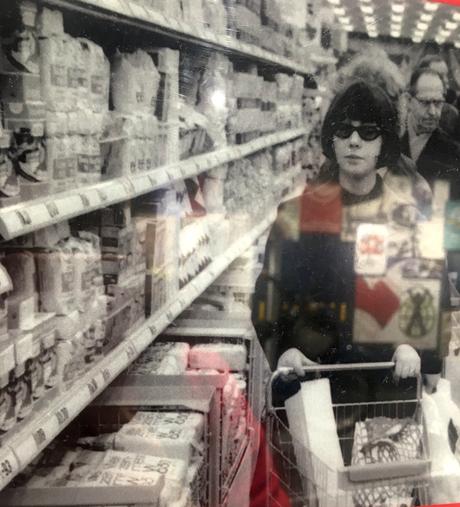
The museum also demonstrates the cost of our current system in its redesign. It may not suffer from another aquarium explosion (what are the chances?) but its historical artefacts do have to be protected against future climate disasters, especially since it’s situated right by the river. The Pergamon Museum also just announced that it would be closing until 2037 for similar ‘future-proofing’ renovations.
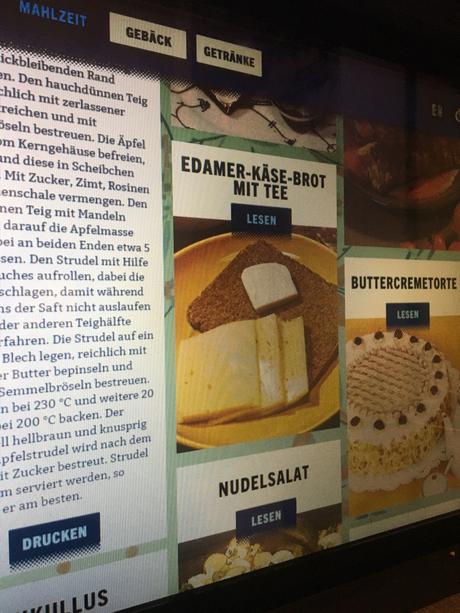
But enough of the philosophising. The best bit of the exhibition still lies in the fact that you can walk though a recreated set of a typical DDR apartment and interact with everything. In one kitchen cupboard you can find a screen showing old recipes and actually print them out to try at home (I am obsessed). In the living room you can take a seat and choose to watch TV from either the East or the West (fun fact: most DDR residents did have access to channels from the West). Or, if you like, put on some headphones and listen to old DDR records. Don’t forget to sit in the Trabi for a simulated drive through the plattenbau streets – have fun!
The DDR Museum (Karl-Liebknecht-Str. 1, 10178 Berlin) is open from 9am – 9pm daily.
